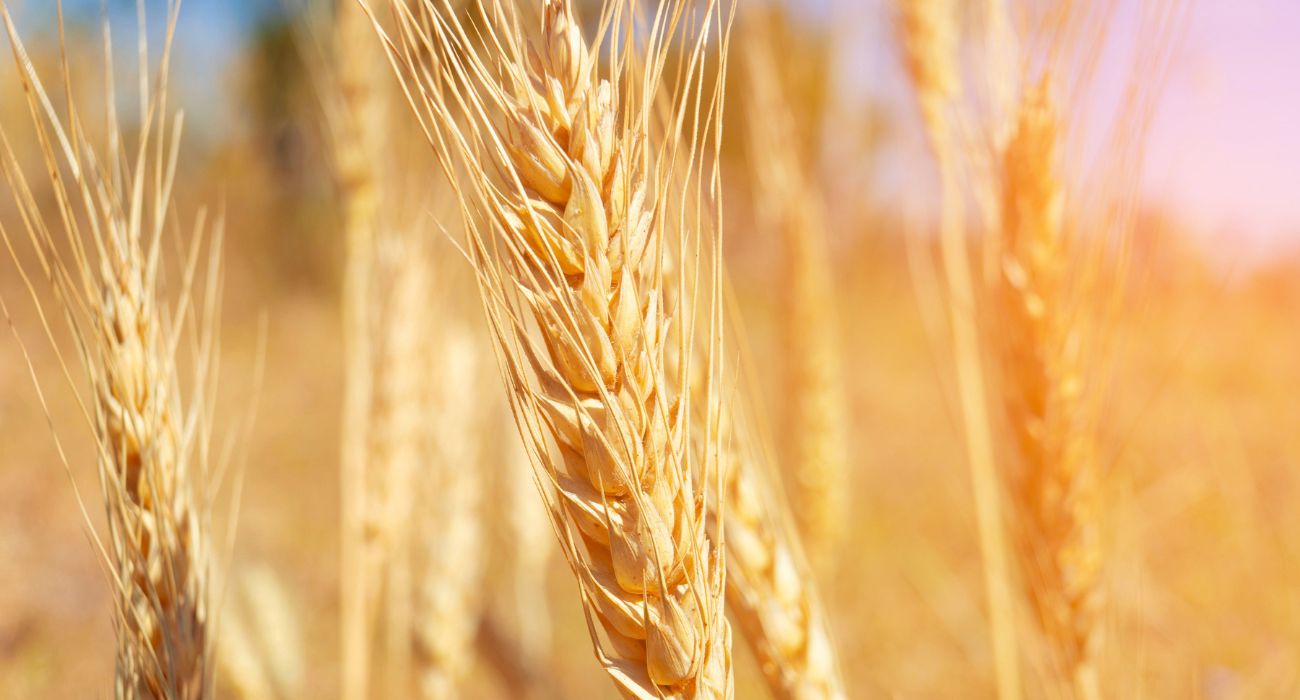Some U.S. farms will be growing a new type of hybrid wheat developed by Syngenta, a global agricultural technology corporation based in China.
Next year, Syngenta plans to commercialize enough seeds to plant 5,000 to 7,000 acres of the new, hybrid wheat.
The wheat combines positive traits from two different plants, according to reporting by Reuters. A team of scientists used corn to pollinate “specially selected wheat plants,” Syngenta announced in 2018.
Through the corn-pollinated wheat and a technique called double haploid technology, the team created a seed with pure, homozygous traits that promote “high, consistent yield and vigor, high protein content, and robust root systems for better water use and nitrogen efficiency,” Syngenta continued.
The seeds were designed to be both drought-resistant and yield more wheat per acre. Syngenta expects the yield to increase up to 15% while requiring the same amount of water and nitrogen per acre.
The scientists at Syngenta have been developing hybridized wheat seeds since 2010 in an effort to create a more sustainable future.
“Sustainability comes up as an issue that growers and consumers, in general, really care about,” said Darcy Pawlik, the former head of cereals portfolio at Syngenta, North America. “We’re bringing to market a differentiated product from varietal wheats available today. This will be a step change in wheat production.”
Worldwide wheat supplies have decreased as a result of the war in Ukraine. Combined, Ukraine and Russia provided over one-fourth of the worldwide wheat supply prior to the onset of the war between the two countries earlier this year.
At the same time, U.S. farmers were unable to enjoy higher profit margins due to decreased worldwide supply, Fox Business reported.
Russia controls a majority of the fertilizer market and now refuses to sell to the West. As a result, U.S. wheat exports have gone from 992 million bushels in 2021 to just 810 million bushels this year — a decline of 19%, according to Statista. According to USDA projections, this number might fall to 775 million bushels in 2023.
Syngenta scientists hope to turn the tide and ramp up production even amid the fertilizer shortage. They also hope that as hybridization methods improve, they are able to provide more seeds to cultivate larger swaths of American farmland.
Wheat is notoriously hard to hybridize compared to other crops such as corn. Charlie Vogel, CEO of the Minnesota Association of Wheat Growers, explained that wheat requires “ideal conditions” for successful hybridization.
As a result, wheat “is the only major food crop that has not yet benefited from significant technification. Hybrids will change this,” said Jon Rich, Syngenta Seeds’ current head of North America cereals operations.







I’m not familiar with what is described here, but it seems to be progress toward improvement of the ‘existing’ conditions.